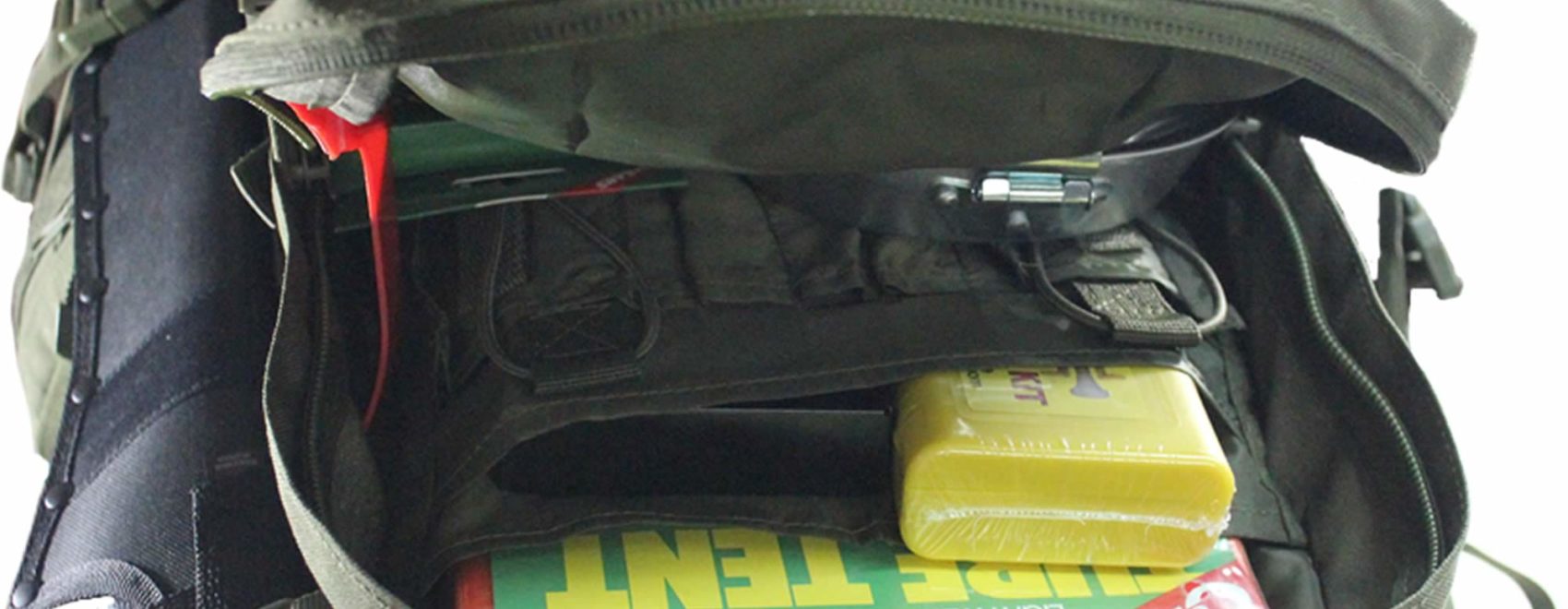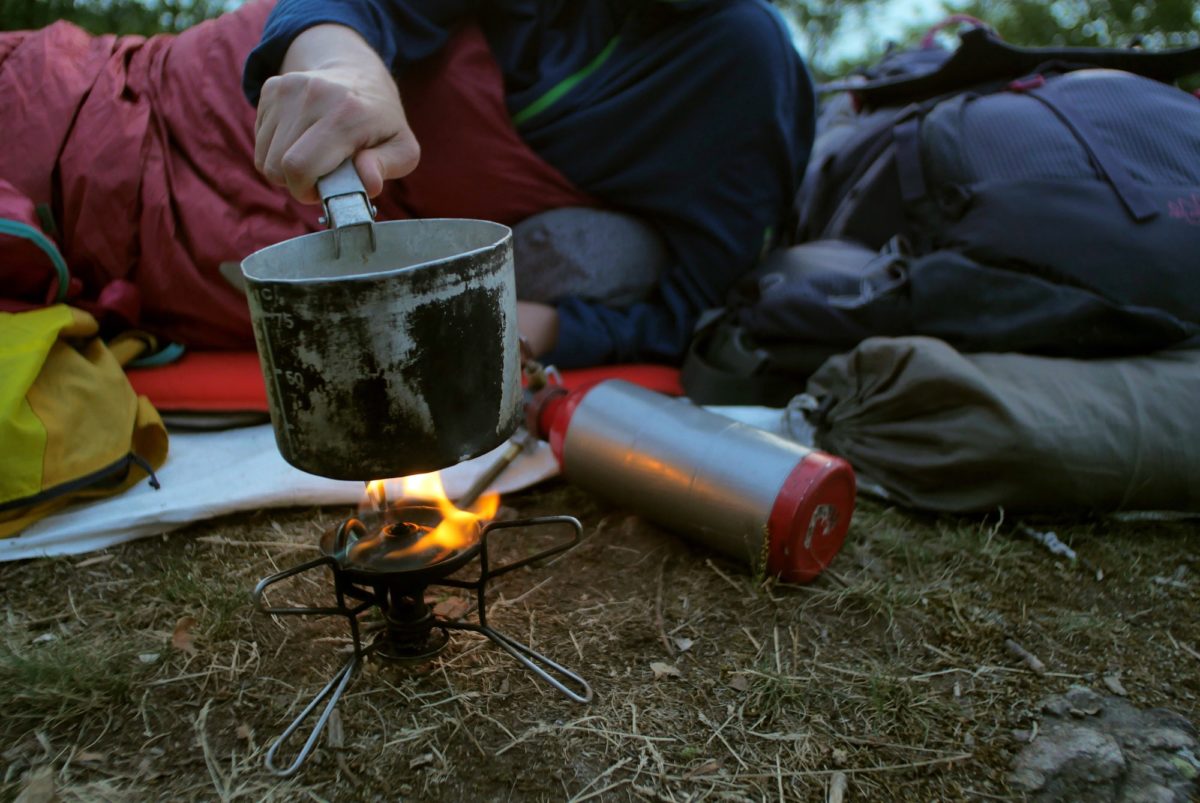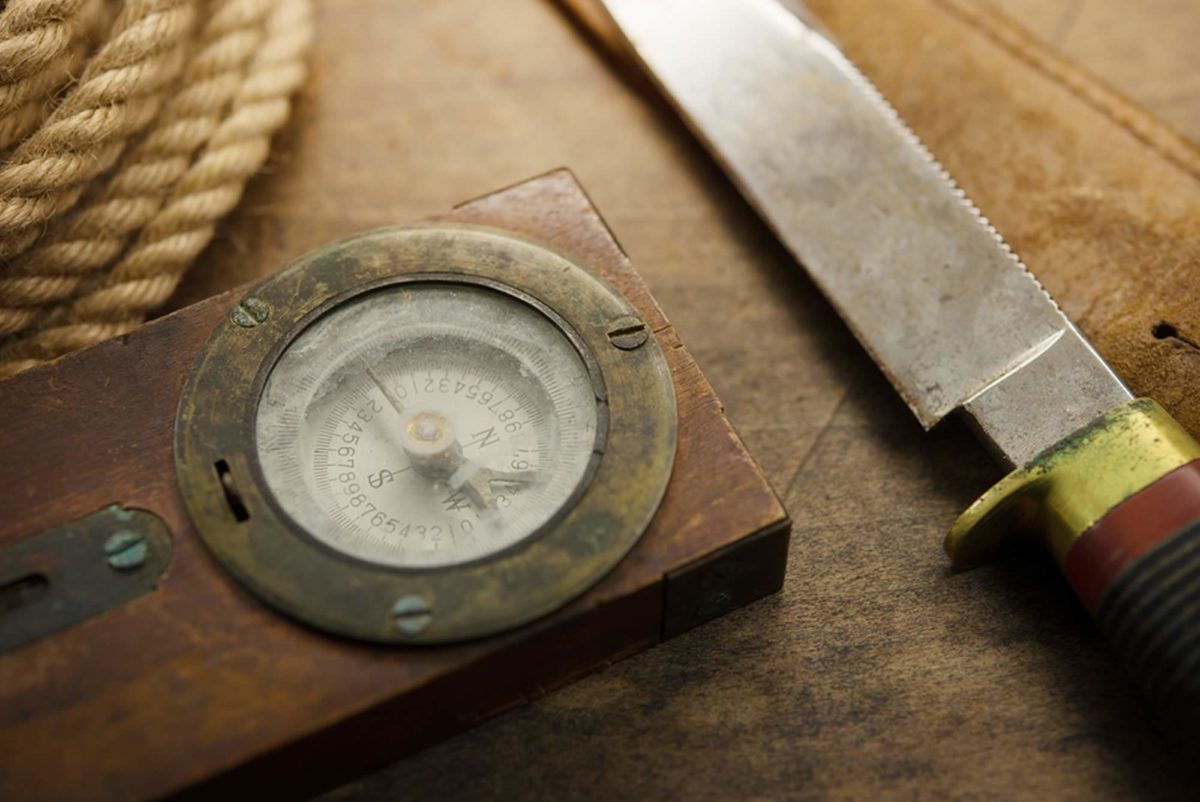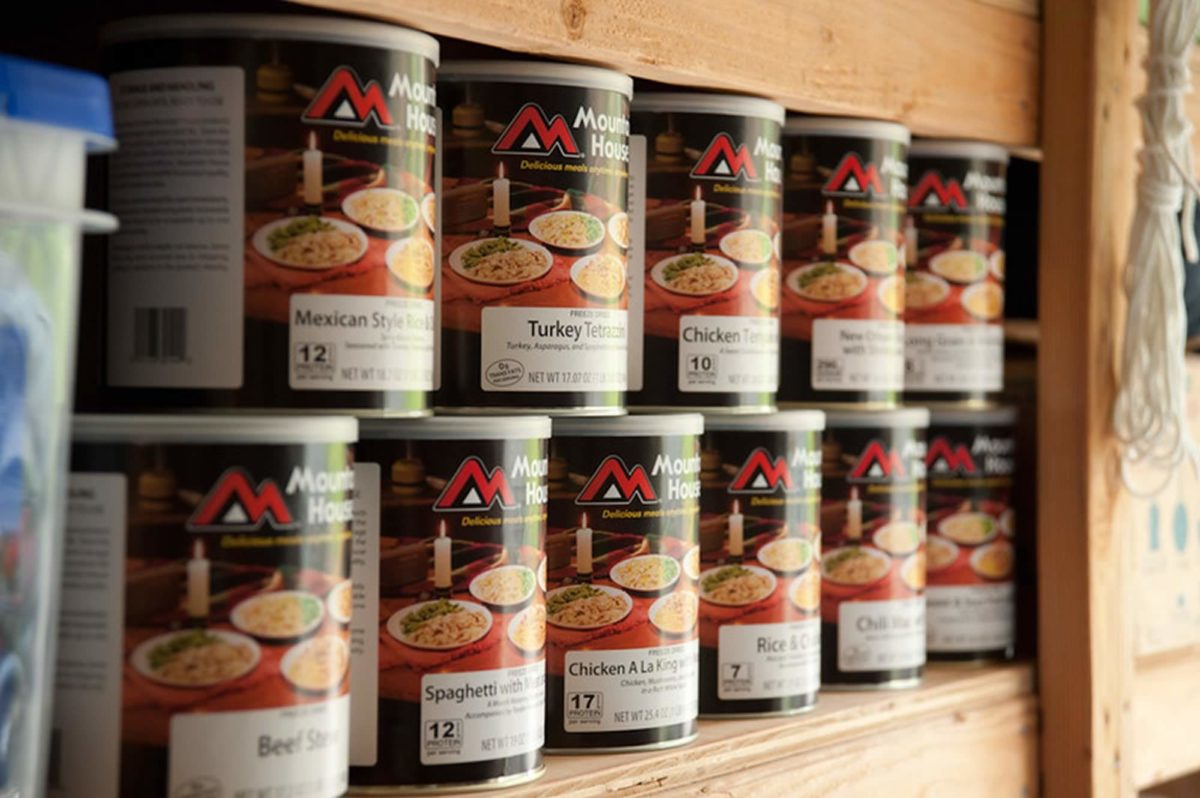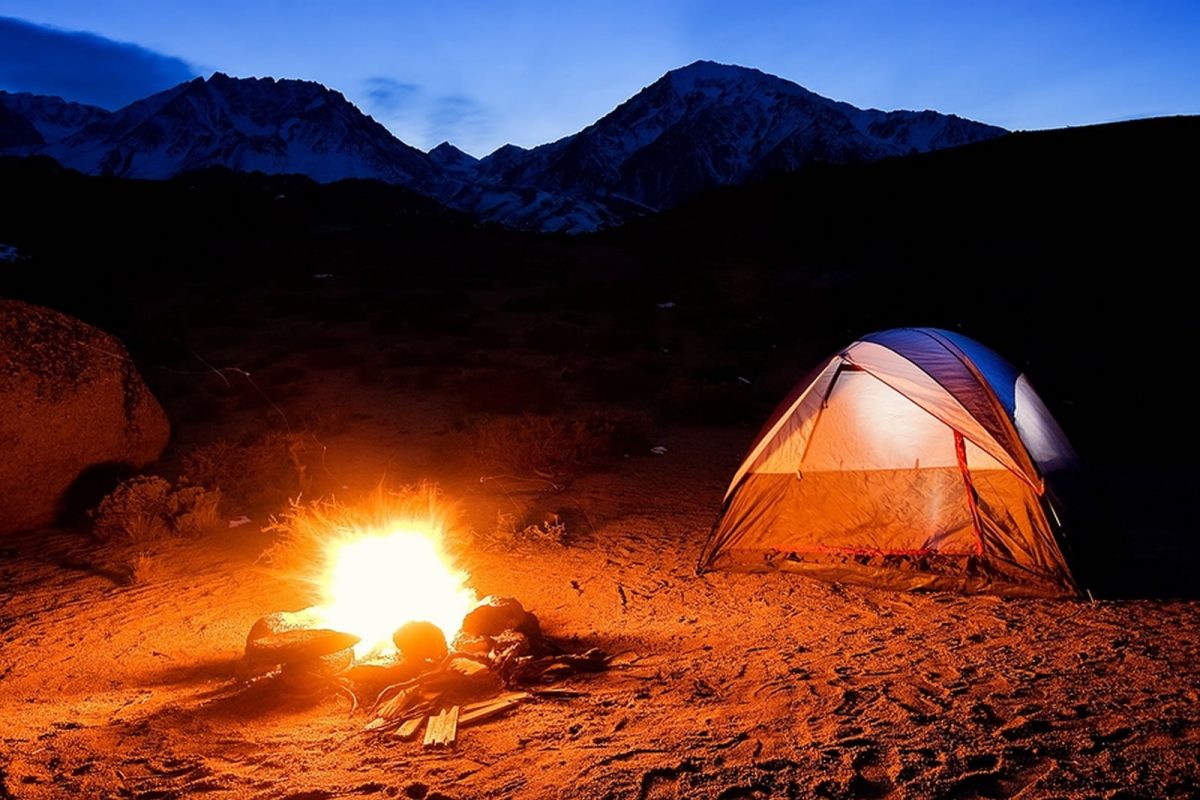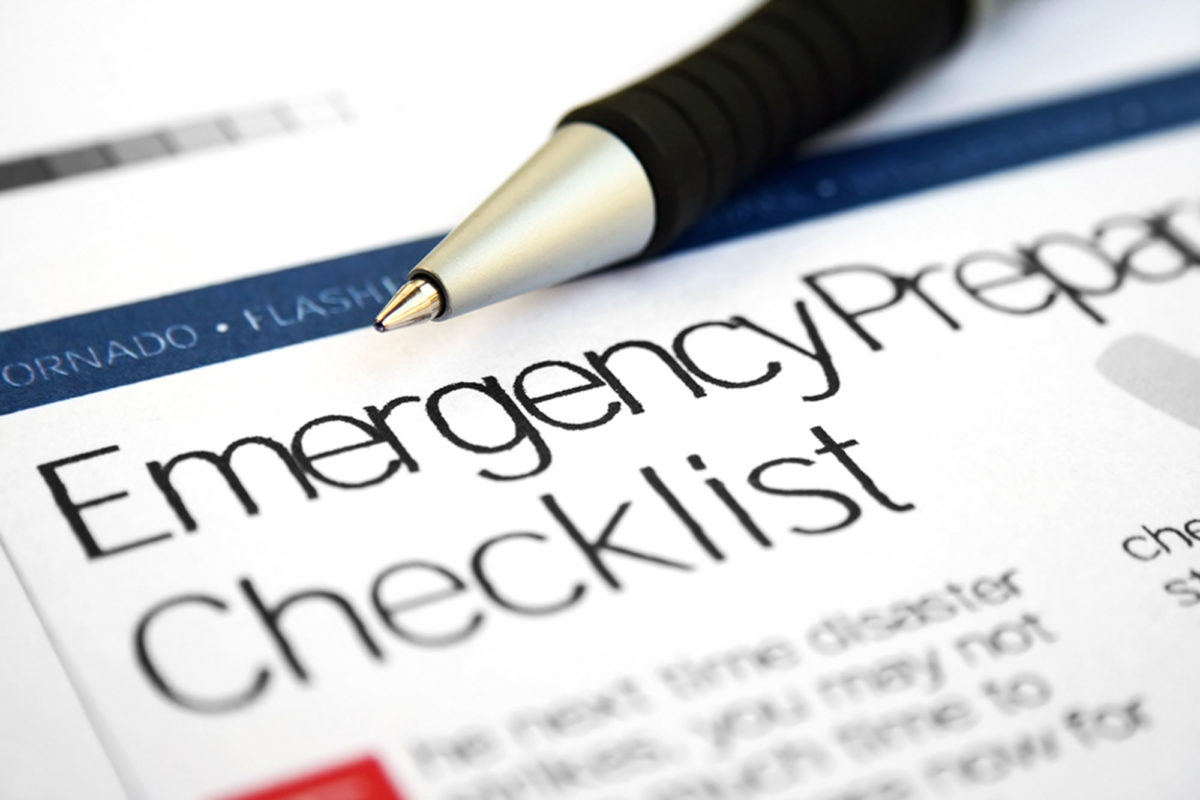Should I Buy or build a bug out bag?
Why in the hell would I buy a bug out bag when I can build a bug out bag? We here this quite often, and the truth is, you shouldn’t if you have the time and money to do it yourself. How’s that for an opening line from a website that sells bug out bags? Bug out bags are personal; you should have a hand in building a bug out bag. However, that doesn’t mean you shouldn’t have a starting point.
We sell the bags/packs and all of the contents for the do-it-yourself assembler of a bug out bag. We also sell pre-built bug out bags; in fact, these are our most popular items. It’s your choice which way to go.
However, the fact is, we can sell complete bug out bags cheaper than you can build a bug out bag, yes even at Walmart and Amazon. We buy in bulk and if you add up the price of all the items that are contained in our bags, you’re saving 20-30 percent.
Buying a Bug Out Bag: Theory
Before I worked for Survivalist 101, I was in the Army. I’m not a special-opps guy or anything, in fact I was just a medic. However, being in the armed services gave me enough knowledge and confidence to build a bug out bag.
The first thing I did is buy a good backpack. This part I got right. Then I set off around the house gathering the gear I thought I might need should I need to bug out. Why should I buy stuff when I have stuff just as good around the house, right?
Soon, I had stuff from the “junk drawer,” I assume everyone has one of these, the shed, the garage, my tool box, my wife’s sewing kit and a half a dozen other places around the house. For the most part, I had the beginning of a great bug out bag. Of course there were items that I needed to pick up the next time I went to Ace, Walmart, Bass Pro, CVS and the Army Navy store. But, I was well on my way to my own personal ultimate bug out bag.
As time went by, I did pick up a few extra items, but not nearly all of the items I had planned to get. Throughout the year, I realized that all of the items I had scavanged from around the house were there for a reason, because we actually used them.
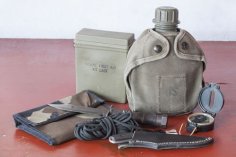
So time and time again, I found myself, and my family (who never puts things back where they got them) trotting back to my bug out bag getting those items to use for day to day tasks like mowing the lawn, hanging pictures and a whole host of other odd-jobs around the house.
Soon, I really had no idea what items were still in my bob and which items never made it back into the bag. Not to mention I still had a list of items I was still meaning to buy. Then I realised, I have gone an entire year unprepared to bug out.
Had I needed to bug out in a hurry, as if there is any other way, I would not be ready, AND running around the house in a time of emergency trying to remember where everything is.
Then I thought to myself: “wouldn’t it be nice to just have everything I need in one place, preplanned, brand new and ready to go?” Even if I have to duplicate items that I already have around the house, how much is that peace of mind worth? One bag that will never be robbed of tools or filled with older tools that are questionable in durability.
That’s how Ultimate System Bug Out Bags were born. Since then we have endeavored to do one thing and one thing only, build the ultimate bug out bags. We are on our tenth generation … that’s ten design changes, each time tweaking the bags for greater efficiency and widening the aspect of the uses for each item is used. We have gotten a lot of things right over the years, and weeded out the mistakes.
Buying a Bug Out Bag: Technically
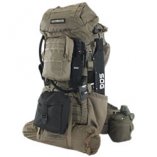
A bug out bag, BOB, go-bag or whatever you call it has one major purpose – contain everything you need to survive in the terrain it is designed to be used in. In other words, a bug out bag could save your life, but to do that you have to build a bug out bag with the right gear, with the right quality, in the right combination of weight and usability.
That means a good BOB is not as simple as throwing tools from the garage in an old backpack you don’t use any longer.
BOB’s contain dozens of individual items, each one of which should serve a relevant, prioritized survival purpose. These items must be good enough to do the job under difficult and stressful conditions, and if properly planned, to be repurposed for other tasks. We are on our 10th generation of bug out bags. We have weeded out quite a few bad products over the years, and found quite a few that over-perform their duty that cost less than other items that people usually purchase for bug out bags.
The truth is, building a kick-ass bug out bag takes time and requires some experience, and is basically an exercise in judgment. Each product really needs to be scrutinized for relevance, durability, weight-size, and usability. Which means, adapting the list of items you’re working from for the most likely circumstances (such as climate and terrain) and prioritizing the contents for selection.
Again, these are judgment calls, which are best when based on experience.
Buying a Bug Out Bag: Financially
On the contrary, some of our best customers are people who are confident and experienced enough to build a bug out bag as opposed to buying one.
Their argument in buying a bag from us is simple: that it’s less expensive to buy our Ultimate Systems than it is to build your own bug out bag. That’s because it really is, and if you factor in your own time it’s exponentially cheaper.
On the other hand, if building a BOB is partly a hobby, and you don’t mind spending hours scrounging through hardware stores, shopping online, and doing a lot of research – then your own time isn’t part of the price, and you should build a bug out bag from scratch.
Just recognise, building a good bug out bag may surprise you with how much time and money it really takes, especially if you’re not that familiar with the gear and its use.
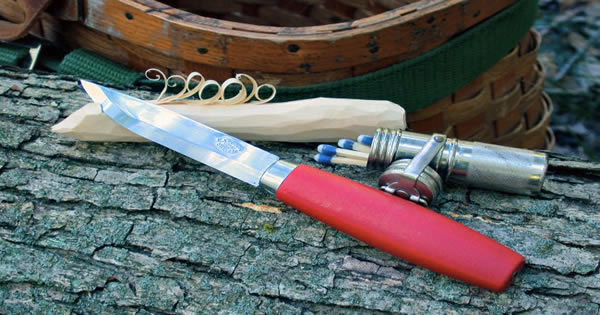
Like I said earlier, we sell the gear and the BOBs, so we don’t want to look like we’re stacking the deck in favor of buying pre-built bug out bags as opposed to someone who wants to build a bug out bag, but there are some very practical points in favor of that approach:
- Buying your items one or two at a time (online) probably requires extra shipping costs.
- As for shipping costs, running around in your own vehicle to get BOB items isn’t free.
- Retailers of BOBs, such as Survivalist 101, buy items in volume for discounts, don’t assume their cost in a pre-built bag is way above what you’d pay yourself.
- Items in a pre-built bag are tested, guaranteed, and ready to go.
- Ready to go is the key phrase, a pre-built bag isn’t missing some pieces just when an emergency strikes.
- Pre-built bug out bags may not have everything, personal taste and situations apply. You can always get specialized kits or plug ins (for example medical supplies) to compliment what’s already in the bag.
The big kicker in favor of buying a pre-built bag instead of taking the time to build a bug out bag remains in the planning by experts.
If you buy from a retailer that specializes in survival gear, and more to the point, highlights that people who make the selection of what goes into a BOB are knowledgeable about the gear and actually use it; you can be reasonably sure that what you’re paying for is relevant, durable, the right weight-size combination, and usable.
Especially for your first bug out bag, it’s both practical and helpful to start with one that already has “the right stuff.” It’s a platform you can learn from and build upon. We always recommend that you field test your BOB, get to know it and the process of traveling with your life on your back. As you gain experience, you’re in a better position to assemble some of your own gear.
People who spend a lot of time hiking and camping have a saying (or something like it), “Any happy-go-lucky Joe can have great camping on sunny days. It takes a ready-for-anything Ronny to be comfortable when the weather turns bad.”
This applies, in spades, to survival gear because conditions are almost inevitably going to be bad. Survival situations are inherently more serious than any recreational situation. That means bug out bags and their contents need to be seriously selected for those conditions. That’s what distinguishes buying pre-built bug out bags built by experienced people.
The Ultimate Build Your Own Bug Out Bag List
If you plan on building your own bag, using a bug out bag list will help you stay organized, allow you to check off items as they are packed. You can highlight any items you may have missed or additional items you want to include in your bag. Remember, you want to get all of your essentials packed first, including tools and supplies that are crucial to survival in an emergency.
Once your bug out bag packing list is complete, review it a few times to make sure you haven’t left out anything, and make notes of items you want to have more of or have left off the list. Keep in mind, it is nearly impossible to include all the items we have listed. Pick and choose items that accentuate your skill level and match you geographical location.
Medical Considerations
Every person has different needs that should determine what they want to include in their bug out bag, aside from the basics of food, water, shelter, and fire. When making your bug out bag packing list, double check that you have listed any special medical supplies or medicine that you need.
For example, diabetics should have an extra supply of medicine and testing supplies, asthma sufferers should have an additional inhaler, and people allergic to food or outside allergens should include an Epi-pen for their bag.
Pack Appropriately for Different Climates
Also take into account what type of weather you are likely to encounter if you have to bug out, do you need extra clothes for a warm climate or cold one? What type of terrain is in your immediate and extended area, and what shoes are best suited to traverse it? (Flip flops, backless shoes, and slip-ons are not ideal walking shoes)
If you are unable to use your vehicle or have to abandon it along the way, do you have a map to reference in case your GPS or phone doesn’t work? These are all questions that should help you think about what items will need to be incorporated into your bug out bag packing list.
Home-Based Bug Out Bag List
Backpacks & Gear
Instead of listing what kind of pack to get, we will just tell you to get a good one. Hiker-style packs that are designed to be light are not the way to go. These light packs are about as durable as they are light. Trail hikers have stations and trail heads along the way to deal with equipment failures, bugging out you want to avoid places like that. Our recommendation is a sturdy tactical pack that allows you to separate and hang items with a MOLLE / PALS webbing system. This will afford you more room inside the pack, and give you quick access to the items you use most often. Pouches are your friend, buy pouches. We suggest Condor or Eberlestock.
- Sturdy 3 Day Tactical Pack
- MOLLE Pouches
- Rain Gear
- Pack Straps
- Dry Bag(s)
- Zip Bags
Food, Forage & Hydration
Water is the most important thing to plan for in this section. Foraging is the next area to concentrate on. Food on the other hand is one of the least important when bugging out from home, we can actually survive weeks without food. Besides that, when bugging out from home you can do something as simple as grabbing a bag of rice on your way out the door to sustain you for weeks.
- SOS Ration Bars
- Millennium Energy Bars
- Mountain House ProPaks
- Homemade bags containing non-perishable items
- MRE’s (Heavy)
- Water Purifier Tablets
- 2.5 Liter Hydration System
- GOOD Water Filter
- Water sachets or pouches
- Water filter bottle
- Water Containers, Canteen water bottle
- Collapsible cup, if not included elsewhere.
- Dry Rice & Beans
- Tea Bags (lighter than coffee)
- Edible plants guide for your area.
- Snare Traps
- Cam lock Snare
- Additional Snare Wire
- Fishing Gear
- Bait
- Fish Nets
- Game Traps
- Salt, many different uses.
- Packets of sugar, Light and provides energy.
- Vitamins
Tools & Blades
- Saw (Don’t Skip This on long missions)
- Hand / Pack Axe
- Micro Multi-Tool Black
- Entrenching Tool/ Shovel
- Full Tang Survival Knife
- Machete
- Whet Rock Sharpening Stone
Shelter & Warmth
- Small Tarps, ground and top
- Tent or Large tarp for shelter building
- Waterproof Bivi Bag
- Wool Blanket
- Sleeping Bag +20°
- Survival Blanket
- Hooded Poncho
- Rain Suit
- Gloves, work and warmth
- Hand Warmers
- Spare shoes/boots and extra laces
- Extra socks, kept in zip lock bags, this can’t be stressed enough.
- Underwear, Ditto.
- Long-Johns
- Dry Bag
- Emergency Hypothermia Blanket
- Waterproof Pouches / zip bags
- 42-Gallon Contractor Trash Bags (most valuable item for cost by far)
- Foam Ground Mat
- Lightweight Hammock (Extremely comfortable, can be used as a chair / table / shelf)
Survival Core-Kit Items
- All in One Survival Kit
- Bic Lighter
- Heavy Duty Zip Ties
- Waterproof/ Storm Matches
- 550 Paracord
- Army Field Manuals
- Candles
- G.I. Can Opener
- Flint Fire Starter
- Duct Tape
- Sewing Kit
- Military Style Compass
- Sling Shot Band Kit
- Chow Utensil Kit
- Mess Kit
- Emergency Stove
- Pack Grill
- Survival Manual if you’re inexperienced
- Cable Ties
- WetFire starter / Tinder
- Cook Set
Lights & Energy
- Crank Flashlight that does not need batteries
- Am/Fm Radio
- Portable Solar Panel
- Battery Pack for Panel
- Rechargeable flashlight
- Rechargeable Batteries
- High Lumen Flashlight
- Headlamp w/ Extra or rechargeable batteries
- Candles
- Lantern
- Glows sticks
Health, Hygiene & First Aid
- MOLLE First Aid Kit
- Assorted sizes of gauze pads, several of each
- Gauze bandage
- Surgical tape
- Ace wrap
- Antiseptic wipes or liquid.
- Anti-bacterial cream
- Alcohol pads
- Anti-bacterial wipes
- Waterless hand sanitizer
- Ibuprofen
- Acetaminophen
- Aspirin
- Benadryl
- Hydrocortisone cream
- Aloe Vera burn cream
- Eye wash
- Eye dropper
- Ice pack
- Tweezers
- Various size needles
- Safety pins
- Sanitary napkins/pads
- Scissors
- Vinyl gloves
- Moleskin (for blisters)
- Hygiene Kit
- Toothbrush
- toothpaste
- wet naps
- bar of soap
- shampoo
- dental floss pick
- hand and body lotion
- deodorant gel
- twin blade razor
- comb
- maxipads
- shaving cream
- washcloth
- Toilet Tissue
- NIOSH N95 Respirator Mask
- Foot care kit
- Potassium Iodide Tablets
- Snake Bite Kit
- Bug Spray (Mosquitos have killed more people on earth than any other animal)
- Mosquito Netting No See-Um
- QuikClot Advanced Clotting Sponge 25g
- Surgical kit
- Potassium Iodide (IOSAT) For nuclear attacks
- Loperamide (Diarrhea medicine) Diarrhea has killed more sailors than all the wars.
Children’s Bug-Out Bag
In an emergency situation, having a role and responsibility can help keep your kids from panicking. Practice emergency procedures with them regularly and let them help you pack their bug out bags so that they know what’s in them. Explain how to use each item in the bag and develop a plan in case you should get separated. Don’t just assume that everything will be OK - hope for the best and prepare for the worst!Here are a few items that will be specific to a kid’s bug out bag contents list:
- Written (or drawn) map to a close designated meet-up place.
- Document with your child’s personal information as well as yours
- Change of clothes
- 6 rations of snacks/meal bars that they can easily open
- Water - 4-6 bottles if they can carry it, and water purification tablets. For younger children, purified water pouches are lighter.
- Medications
- Sunscreen
- Wind-up or shake flashlight
- Whistle
- Polar Blanket
- Rain Poncho
- Glow Sticks
- Small first aid kit
- 2-way radio with new batteries, set to a preset channel
- Comfort item such as a small stuffed animal, family picture, or coloring book and crayons.
Odds and Ends and Other Considerations
- Extra Cash, Coins, Gold.
- Important phone numbers Written Down.
- Passport and copies of other important personal information.
- Cotton, Used to silienge clanking gear and as fire tinder.
- Zip lock bags, Keeping stuff organized and dry is paramount
- Map of your area, SERIOUSLY IMPORTANT.
- Binoculars
- Magnifying glass, redundancy for fire starting.
- Super glue, light and can extend the life of your equipment,
- Salt & pepper, why not?
- Bandanas, Sooo many uses, Google it.
- Personal protection, besides bug out problems, hungry things lurk in the woods.
- GPS, make sure you have a compass as a back up and a renewable energy source.
- Red spray paint, mark your path in unfamiliar territory.
- Respirator or gas mask, takes a lot of room, use your best judgement.
- Frying pan, very heavy, but extremely nice to have.
- Gold-bond powder, for chafing and foot care.
- Sun block, a life saver if needed.
- Signaling mirror (great for non-zombie apocalypse)
- Glow sticks (in case of disco)
- Spare battery for your electronics.
- Solar powered rechargeable batteries or plenty of extra batteries
- Pocket Survival guide, if you’re inexperienced.
- Aluminum foil, millions of uses.
- Towel, chamois cloth.
- Clothes pins, Rubber bands
- Signal flares
Tutorial Sections

Read More
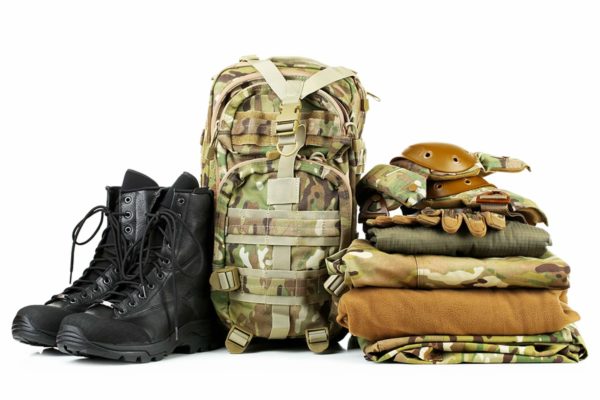
Read More

Read More
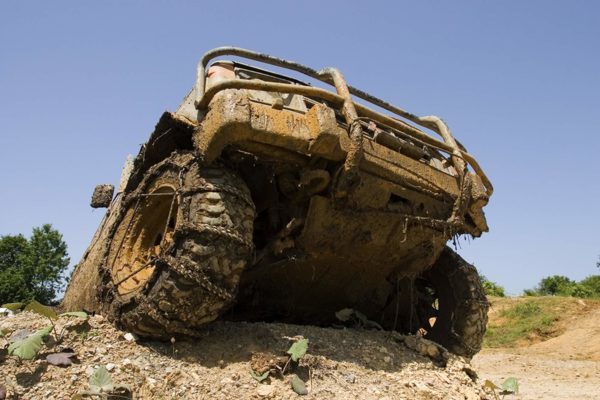
Read More
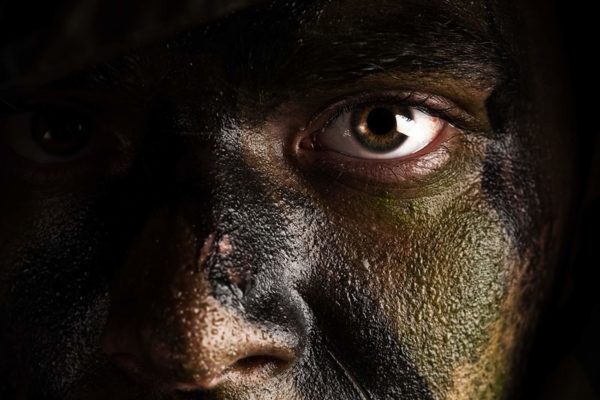
Read More
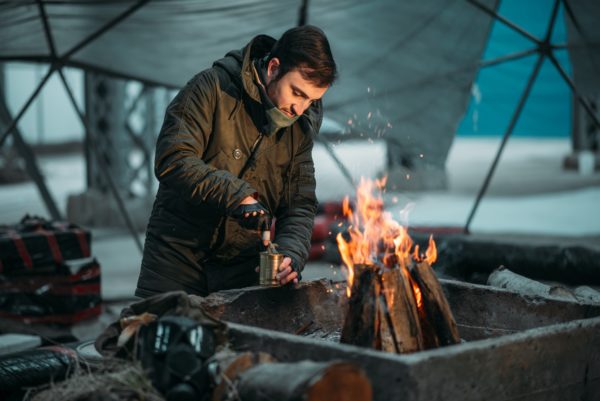
Read More
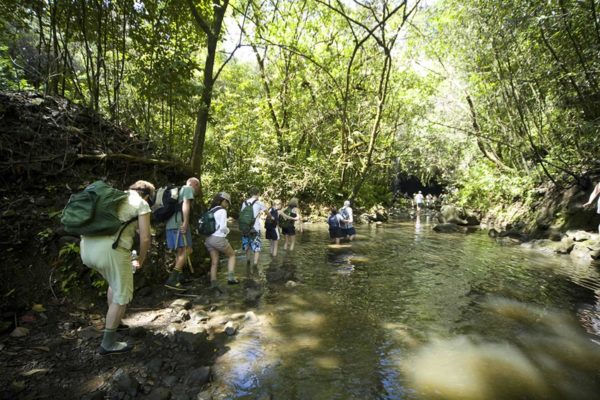
Read More
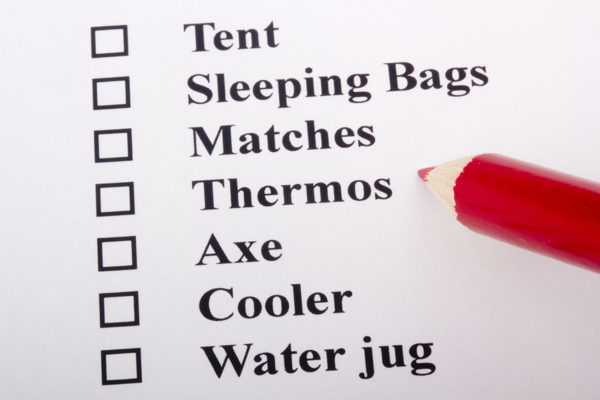
Read More
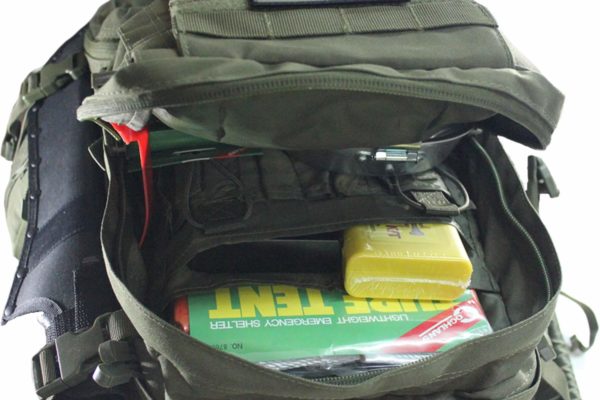
Read More
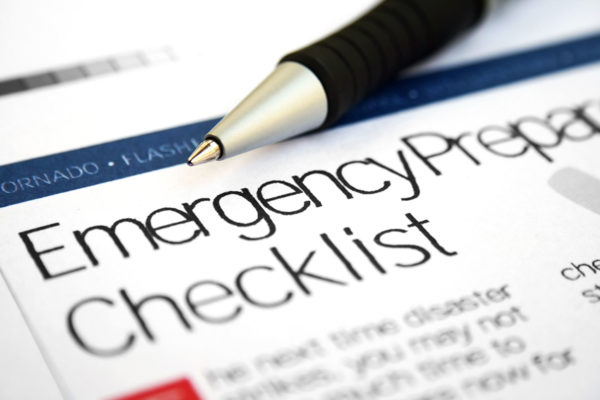
Read More
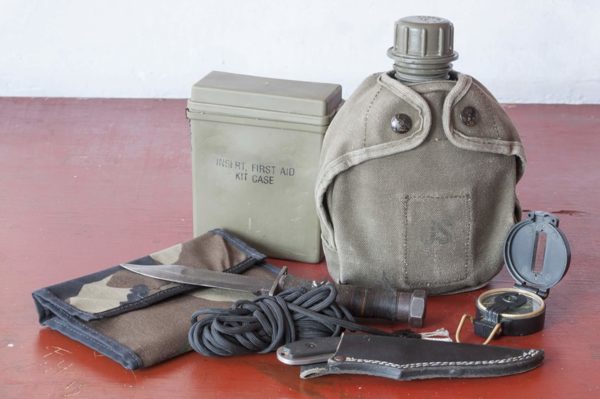
Read More
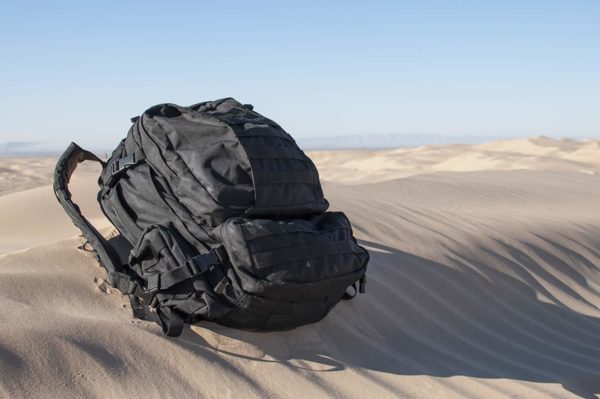
Read More
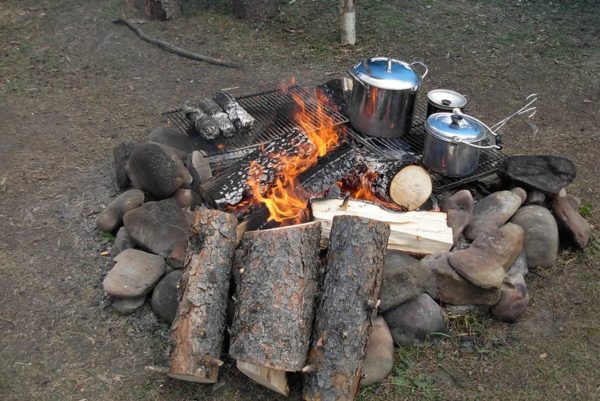
Read More
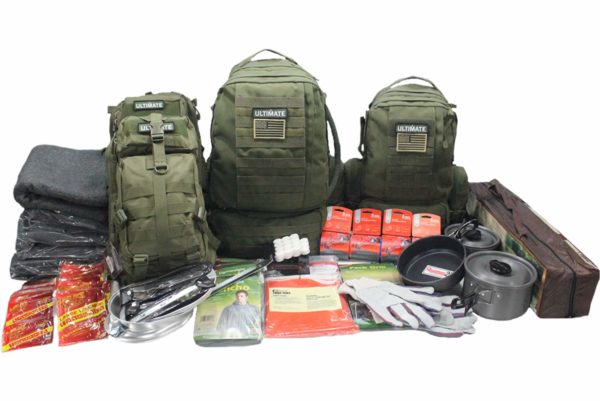
Read More

